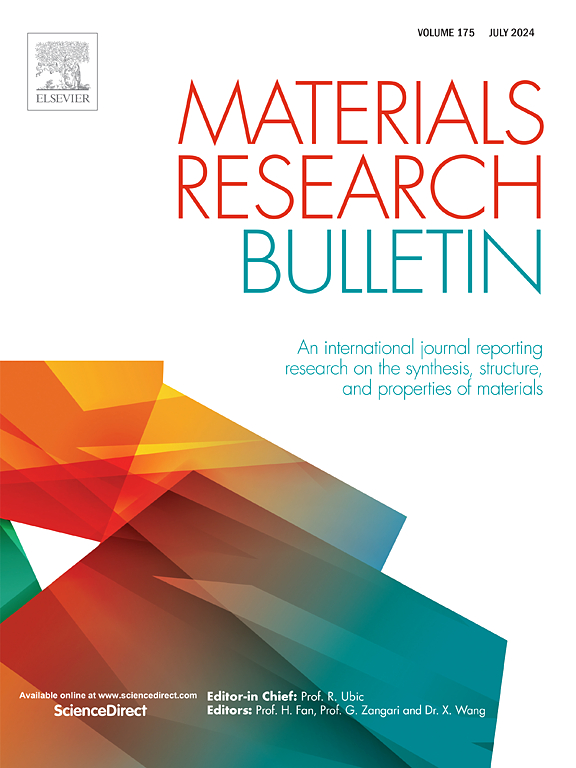Additive manufacturing of superconductors: Opportunities and challenges
IF 5.3
3区 材料科学
Q2 MATERIALS SCIENCE, MULTIDISCIPLINARY
引用次数: 0
Abstract
Additive manufacturing (AM) has revolutionised the production of materials and components. This review article introduces superconductivity and conventional fabrication methods, then overviews the progress and advancements in AM techniques applied explicitly to superconductors. It discusses the challenges and opportunities of AM methods like laser powder bed fusion (LPBF), electron beam melting (EBM), and extrusion-based approaches, examining their potential to overcome the limitations of conventional methods. The article highlights the applications reshaped by the AM and includes case studies showcasing how AM enables complex geometries for advanced superconducting components. Finally, the review explores the potential directions for further research and development in this field, emphasising the need for innovation and interdisciplinary collaboration. This review aims to serve as a valuable resource for researchers and engineers, offering insights into the significant impact of AM on advancing superconductivity technology.

超导体增材制造:机遇与挑战
增材制造(AM)已经彻底改变了材料和部件的生产。本文介绍了超导和传统的制造方法,然后概述了增材制造技术在超导体中的应用进展。它讨论了增材制造方法的挑战和机遇,如激光粉末床熔化(LPBF)、电子束熔化(EBM)和基于挤压的方法,研究了它们克服传统方法局限性的潜力。本文重点介绍了增材制造重塑的应用,并包括案例研究,展示了增材制造如何为先进的超导元件实现复杂的几何形状。最后,展望了该领域未来的研究和发展方向,强调了创新和跨学科合作的必要性。本文旨在为研究人员和工程师提供宝贵的资源,为AM对推进超导技术的重大影响提供见解。
本文章由计算机程序翻译,如有差异,请以英文原文为准。
求助全文
约1分钟内获得全文
求助全文
来源期刊

Materials Research Bulletin
工程技术-材料科学:综合
CiteScore
9.80
自引率
5.60%
发文量
372
审稿时长
42 days
期刊介绍:
Materials Research Bulletin is an international journal reporting high-impact research on processing-structure-property relationships in functional materials and nanomaterials with interesting electronic, magnetic, optical, thermal, mechanical or catalytic properties. Papers purely on thermodynamics or theoretical calculations (e.g., density functional theory) do not fall within the scope of the journal unless they also demonstrate a clear link to physical properties. Topics covered include functional materials (e.g., dielectrics, pyroelectrics, piezoelectrics, ferroelectrics, relaxors, thermoelectrics, etc.); electrochemistry and solid-state ionics (e.g., photovoltaics, batteries, sensors, and fuel cells); nanomaterials, graphene, and nanocomposites; luminescence and photocatalysis; crystal-structure and defect-structure analysis; novel electronics; non-crystalline solids; flexible electronics; protein-material interactions; and polymeric ion-exchange membranes.
 求助内容:
求助内容: 应助结果提醒方式:
应助结果提醒方式:


